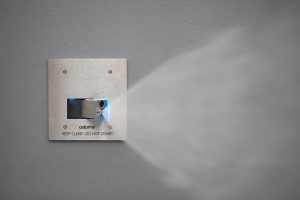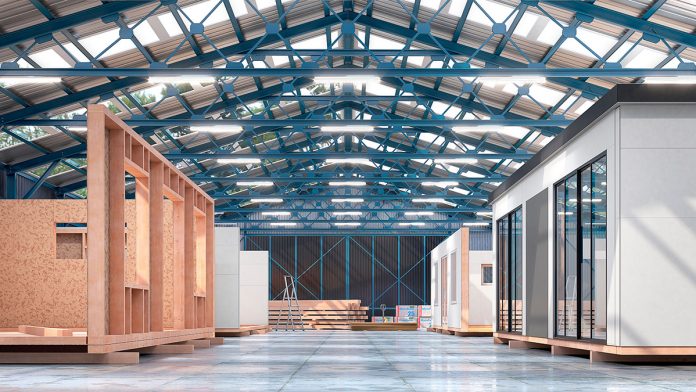Tackling the housing crisis requires modern solutions and the willingness to do things differently
Modern methods of construction (MMC), particularly offsite construction, has demon-strated that building new homes can be scaled up efficiently to speed up delivery and at a lower cost, without jeopardising quality.
In recognition of this, the government recently pledged that a quarter of the 130,000 new homes built outside of London by March 2026, through its Affordable Homes Programme, should be constructed using MMC.
While proving itself to be a suitable alternative to traditional housebuilding approaches, finding new solutions should not be limited to the development and fabric of the building.
In the same way that you wouldn’t install legacy security software on to a brand new laptop, when it comes to protecting – new and existing – homes from fire, we should look to integrate contemporary solutions, designed with modular in mind.
“The government recently pledged that a quarter of the 130,000 new homes built outside of London by March 2026, through its Affordable Homes Programme, should be constructed using MMC.”
Contemporary design
Fire sprinklers have remained fundamentally unchanged since their initial invention in the 19th Century, but recent technological advancements have enabled manufacturers to design contemporary systems that can tackle certain fires more effectively.
Plumis’ award-winning watermist suppression system, Automist, is a pre-engineered, modular solution that has been shown to activate up to two minutes before a traditional sprinkler for some fires – minimising the build-up of toxic smoke and tackling fires before they can grow.

Reduced water
While the design and manufacturing process for building a modular home is known to reduce waste in construction, similarly Automist uses significantly less water – 10 times less, in fact – than traditional fire suppression methods.
In addition to reducing water consumption and any subsequent damage if activated, Automist eliminates the need for a tank, pump room or riser shaft, saving valuable space. Instead, the system connects to the existing water supply, requiring just one bar of pressure (1.5 bar allowing for a safety margin) Automist consumes less water than a power shower and removes uncertainty around water supply on site.
Seamless offsite and on site installation
A multi-domestic system, Automist puts a pump set and wall-mounted nozzles in each module, so more work can be completed in the factory. With suitable training, this can be done by the developer, reducing the need and associated cost of specialist contractors.
Connection on site is straightforward, as flexible hosing means joins between modules can be installed seamlessly. The danger of leaks is also reduced as Automist is a dry pipe system, only drawing water if activated.
Low maintenance
Installation aside, the system is also straightforward to maintain, which further reduces costs. Even annual operational tests conducted on the system to review everything from detection to activation are quick and simple.
Automist is already trusted in more than 10,000 homes. In addition to being ideal for offsite construction, Automist is used in traditionally built homes and has also been retrofitted in private homes, social and sheltered housing schemes, as well as heritage buildings.
Do you have a project?
Modern homes require modern technologies, so if you’re working on a modular scheme or are interested in knowing more about watermist suppression, contact our team to discuss your project.
To: Hadrian Garner, Plumis
+44(0) 7709 941945 or hadrian.garner@plumis.com.
*Please note this is a commercial profile.

















